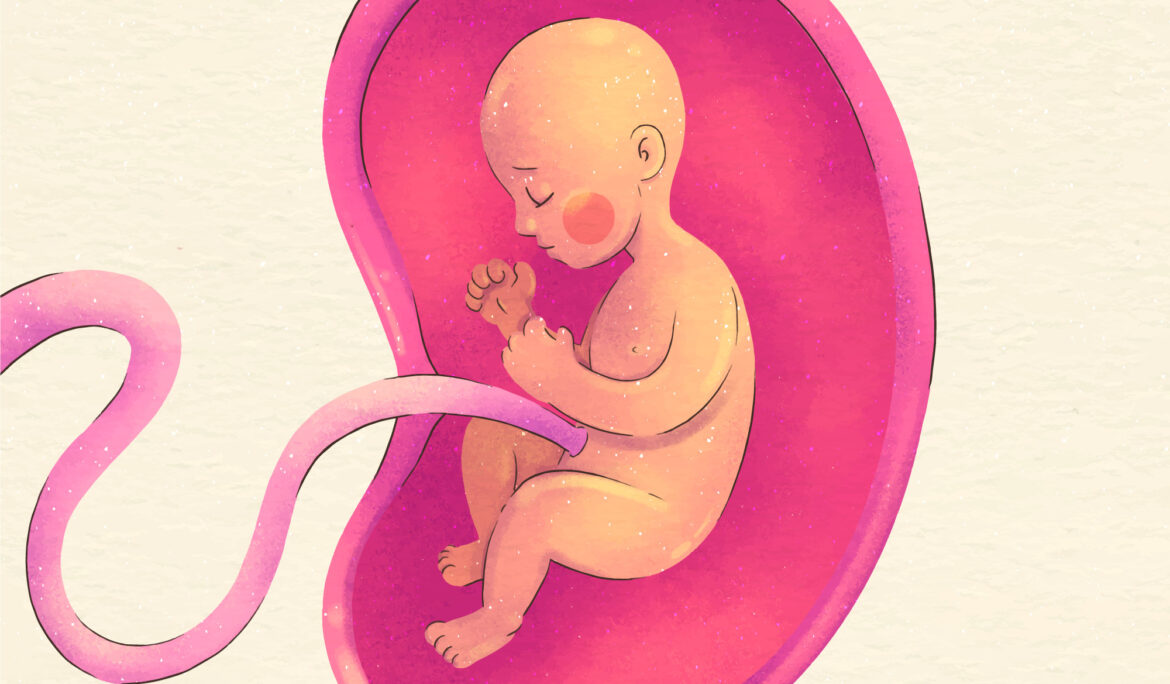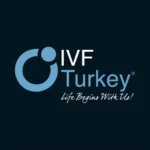How Are Donor Embryos Matched with Recipients?


Embryo donation is a valuable option for couples facing fertility challenges, offering the chance to experience pregnancy and parenthood. A critical aspect of this process is the careful matching of donor embryos with recipients. This matching process is designed to maximize the likelihood of a successful pregnancy and ensure that the child is born into a supportive, loving environment. In this article, we’ll explore how clinics match donor embryos with recipients and the factors considered to ensure the best possible outcomes.
Steps in Matching Donor Embryos with Recipients
| Step | Description |
|---|---|
| Initial Consultation and Assessment | Discuss recipient’s medical history and preferences to begin the search for a suitable donor embryo. |
| Donor and Embryo Screening | Screen donor embryos based on medical, genetic, and personal criteria, ensuring legal and ethical compliance. |
| Matching and Confirmation | Present the match to the recipient, reserve the embryo, and prepare for transfer if agreed. |
| Embryo Transfer | Schedule and prepare for the embryo transfer after confirmation of the match. |
The Importance of Matching in Donor Embryo Programs
Matching donor embryos with the right recipients is essential for both medical and psychological reasons. Proper matching can enhance the chances of a successful pregnancy, align with the recipient’s preferences, and contribute to the child’s well-being. The process is complex and involves multiple considerations, ranging from medical history to personal preferences.
Key Factors in the Matching Process
-
Medical Compatibility
- Blood Type and Rh Factor: One of the primary medical considerations in matching is the compatibility of the blood type and Rh factor between the donor and recipient. Ensuring compatibility helps reduce the risk of complications during pregnancy.
- Immunological Compatibility: Clinics also consider immunological factors, such as potential reactions between the recipient’s immune system and the embryo. This is particularly important in avoiding conditions like Rh incompatibility.
- Health History: The medical history of both the donor and recipient is thoroughly reviewed. This includes screening for genetic disorders, hereditary conditions, and infectious diseases to ensure the health and safety of both the mother and the future child.
-
Genetic Considerations
- Ethnic and Genetic Background: Many recipients prefer an embryo that shares a similar ethnic or genetic background. This is not only about physical resemblance but also about cultural and familial connections. Clinics work to match donors and recipients based on these preferences.
- Genetic Testing: Advanced genetic testing is often used to assess the embryos for any chromosomal abnormalities. Only embryos that pass these screenings are considered for donation, ensuring the highest chances of a healthy pregnancy.
-
Physical Characteristics
- Resemblance to the Intended Parents: Some recipients wish for the child to resemble them or their family members in terms of physical characteristics such as skin tone, hair color, eye color, and build. Clinics take these preferences into account when matching embryos.
- Personal Preferences: While physical resemblance is often desired, it’s not always a priority for every recipient. Clinics work closely with couples to understand their preferences and make a match that feels right for them.
-
Psychological and Emotional Factors
- Recipient Preferences: Beyond medical and genetic factors, the emotional readiness and preferences of the recipients are considered. This includes their comfort level with certain donor characteristics and their desires for disclosure or anonymity.
- Counseling and Support: Many clinics offer counseling services to help recipients navigate their preferences and concerns. This support ensures that the matching process aligns with the couple’s emotional well-being and future family dynamics.
-
Legal and Ethical Considerations
- Consent and Anonymity: The donor’s consent and preferences regarding anonymity or open identity are crucial factors in the matching process. Some donors and recipients prefer to remain anonymous, while others are open to the possibility of future contact.
- Legal Agreements: Legal considerations are integral to the matching process. This includes ensuring that all parties involved—donors, recipients, and clinics—are in compliance with local and international laws regarding embryo donation.
-
The Role of Technology in Matching
- Databases and Algorithms: Modern fertility clinics often use sophisticated databases and algorithms to assist in the matching process. These tools can store detailed information about both donors and recipients, making it easier to find a compatible match based on a wide range of criteria.
- Genetic Matching Software: Some clinics use genetic matching software that can analyze and compare genetic information from donors and recipients to find the best possible match. This technology increases the precision and efficiency of the matching process.
Steps in the Matching Process
-
Initial Consultation and Assessment
- The matching process typically begins with an in-depth consultation where the recipient’s medical history, preferences, and expectations are discussed. This helps the clinic understand the recipient’s needs and begin the search for a suitable donor embryo.
-
Donor and Embryo Screening
- Potential donor embryos are screened based on the criteria discussed during the consultation. This includes medical, genetic, and personal characteristics. The clinic will also ensure that all legal and ethical considerations are addressed before proceeding.
-
Matching and Confirmation
- Once a suitable match is found, the clinic presents the option to the recipient. If the recipient agrees, the embryo is reserved, and preparations for the transfer begin. The recipient has the opportunity to ask questions and discuss any concerns before finalizing the match.
-
Embryo Transfer
- After the match is confirmed, the clinic schedules the embryo transfer. The recipient will undergo a series of medical preparations to ensure the best possible conditions for implantation and pregnancy.
Conclusion
The process of matching donor embryos with recipients is a meticulous and thoughtful procedure that takes into account a wide range of factors to ensure the best possible outcome for all parties involved. By focusing on medical compatibility, genetic considerations, physical characteristics, and psychological factors, clinics aim to create a match that supports a successful pregnancy and the well-being of the child. Understanding this process can help prospective parents feel confident and informed as they embark on their journey to parenthood through embryo donation.



